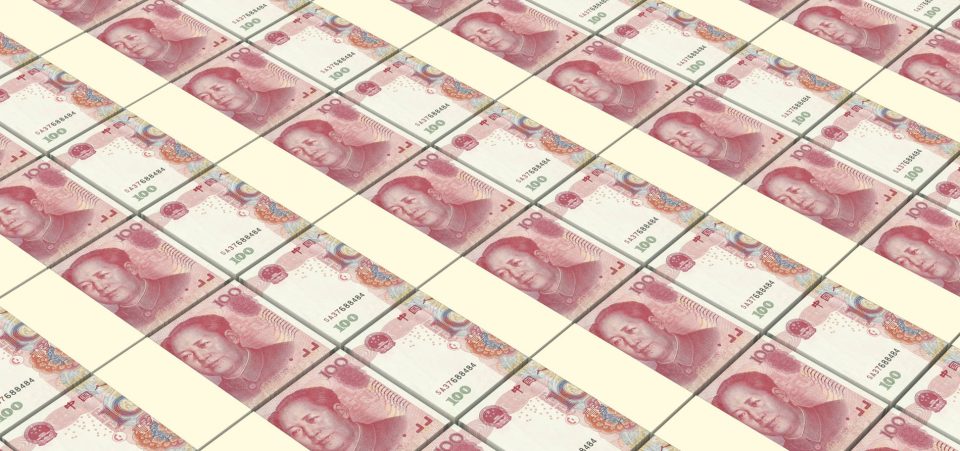Goldman Sachs Sees FX Outflows Rise
Anyone looking at data supplied by the People’s Bank of China would think that capital flight from the Middle Kingdom is no longer a pressing issue. However, an analyst at Goldman Sachs looked at alternative datasets provided by the State Administration of Foreign Exchange (SAFE) to get a different picture of the capital outflows.
What he found suggests that China is in bigger trouble than previously estimated. (Source: “China’s Capital Outflows Are Soaring Again: Goldman Finds Sept. FX Flows Surged To $78 Billion,” Zero Hedge, October 21, 2016.)
Using the alternative datasets, Goldman’s MK Tang revealed that the amount of capital leaving China’s shores was actually four times more than what the official numbers would suggest. Since the SAFE datasets are invulnerable to manipulation, there is good reason to trust them.
Official Chinese statistics claim that the country’s foreign currency reserves fell by $18.79 billion in September, leaving a remainder of $3.17 trillion in the government coffers. Analysts had only predicted a fall of $11.0 billion, which would have represented a decline from the previous month’s $15.89 billion. So even by the official account, outflows had increased from August.
But to make matters worse, Tang says the real number was closer to $78.0 billion.
If he’s right, that would be the highest rate of capital outflows since January, a month during which the Chinese stock market crashed by more than 10%. Tang’s measure includes net FX demand by non-bank entities and cross-border movements of the yuan.
“As in the last few months, we focus on two separate sets of SAFE data to gauge the underlying FX flow situation: one on onshore FX settlement, and the other on the cross-border movement of RMB,” writes the Goldman Sachs analyst.
The onshore settlement of foreign currencies reveals a startling pattern. Demand for the U.S. dollar rose dramatically between August and September, from a net settlement of $4.6 billion to $33.3 billion. Worse still, two-thirds of those transactions were executed in the spot markets.
At the same time, cross-border movements in the yuan, from onshore to offshore, rose to $44.7 billion from $27.7 billion in August. As Goldman Sachs summarizes, the SAFE dataset “indicates a net FX outflow of US$78bn in September (US$33bn from net FX demand onshore plus US$45bn in FX outflow routed through the CNH market).”






